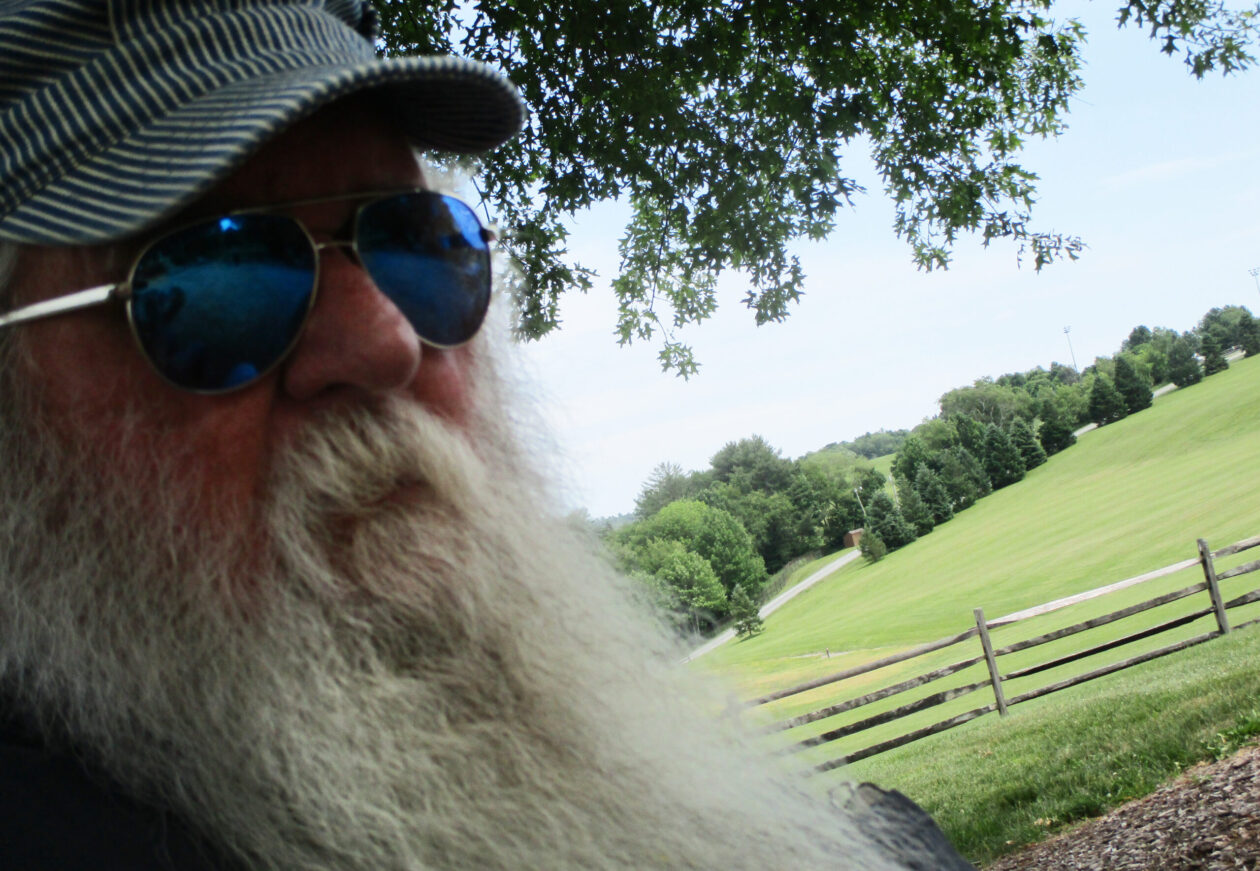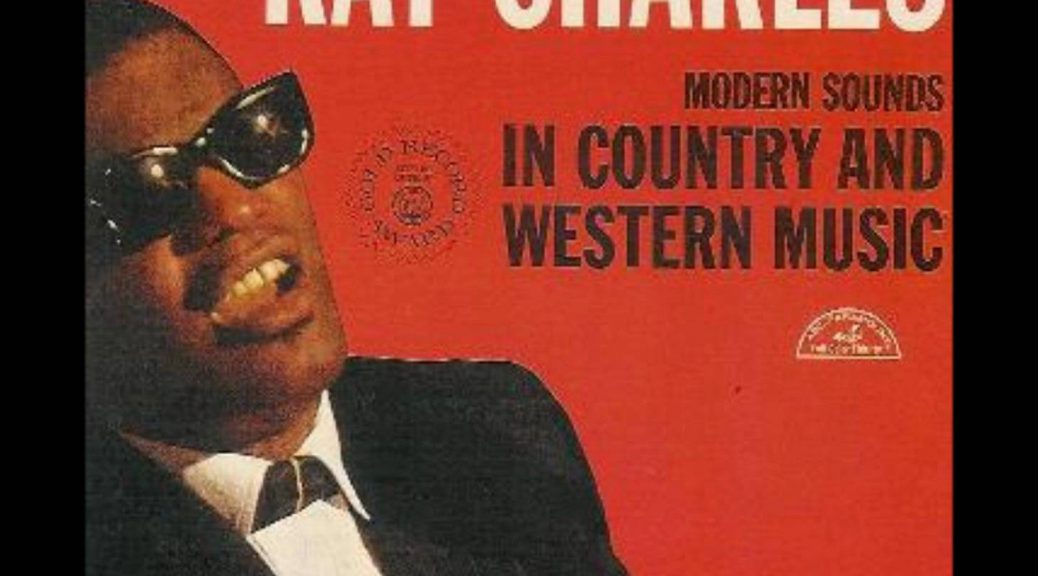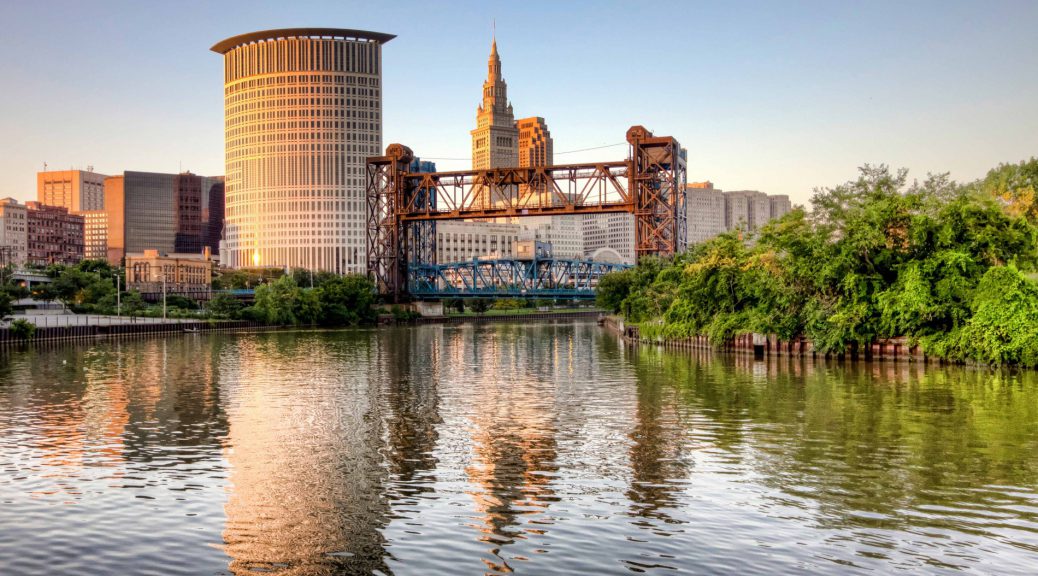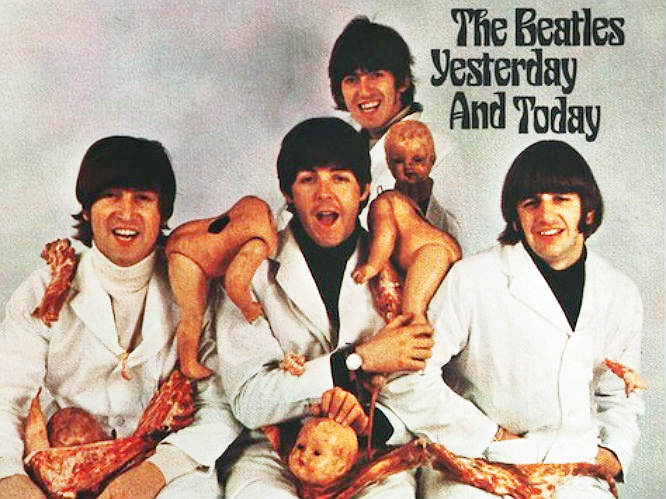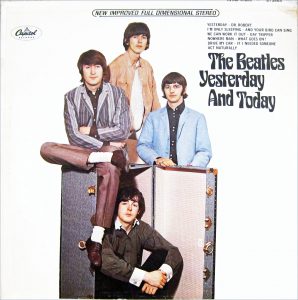Ray Charles Modern Sounds
#1 Billboard album
June 23, 1962 – September 28, 1962
One of the greatest
Rolling Stone magazine ranks Ray Charles’s Modern Sounds in Country and Western Music at 105 of its top 500 greatest albums of all time. [Rolling Stone magazine article] That is, of course, simply an opinion, but it’s only how the album’s greatness compares that is up for debate. Not whether it is great.
Ray Charles Modern Sounds
Already a star
Ray Charles was already a star by 1962. He had released his first single, “Confession Blues” in 1949 with the Maxin Trio. In 1953, Charles signed with Atlantic Records and had his first R&B hit single with “Mess Around.”
In 1954 “I Got a Woman,” reached No. 1 on the R&B charts.
Ray Charles Modern Sounds
Nat King Cole’s influence
His earliest style was akin to Nat King Cole’s, but Charles could also play jazz and his combination of gospel and R & B created a genre we now call soul.
In 1959, Atlantic released a sanitized version of “What’d I Say” after criticism of the original’s sexual innuendo and some radio stations refused to play it.
It hit #1 on Billboard’s R&B singles chart, number six on the Billboard Hot 100, and it became Charles’ first gold record. It also became Atlantic Records’ best-selling song at the time.
In November 1959, Charles left Atlantic for a much better deal with ABC-Paramount Records. He immediately produced two classic hits, “Georgia on My Mind” and “Hit the Road Jack.” He won Grammys for both.
Ray Charles Modern Sounds
Question of direction
Peers and ABC executives questioned the idea of Charles doing a country and western genre album, but Charles liked that style and felt he could do as good or better a job.
Obviously he won the discussion. Obviously he was correct about how well a job he could do.
Channeled through Charles’s love of blues, jazz, and R & B, Sounds in Country and Western Music was like and unlike any C & W music of its time.
Nashville music writers were suddenly on the national radar for material. Writer Daniel Cooper stated, “There is no telling how many people, who perhaps never paid much attention to country music or even had professed to dislike it, listened anew based on the impact of having heard what Ray Charles was capable of doing with that music.” [Wikipedia entry]
At a time when singles ruled, Ray Charles’s Modern Sounds in Country and Western Music produced four and all in 1962:
- “I Can’t Stop Loving You” (#1 from June 2 – July 6)
- “Born to Lose”
- “You Don’t Know Me”
- “Careless Love
60 albums +
Ray Charles went on to have an astounding career. In 2003, Charles had to cancel his tour for the first time in 53 years. Hip surgery and liver disease.
He died on June 10, 2004. Charles had recorded more than 60 albums [All Music list] and performed more than 10,000 concerts.
